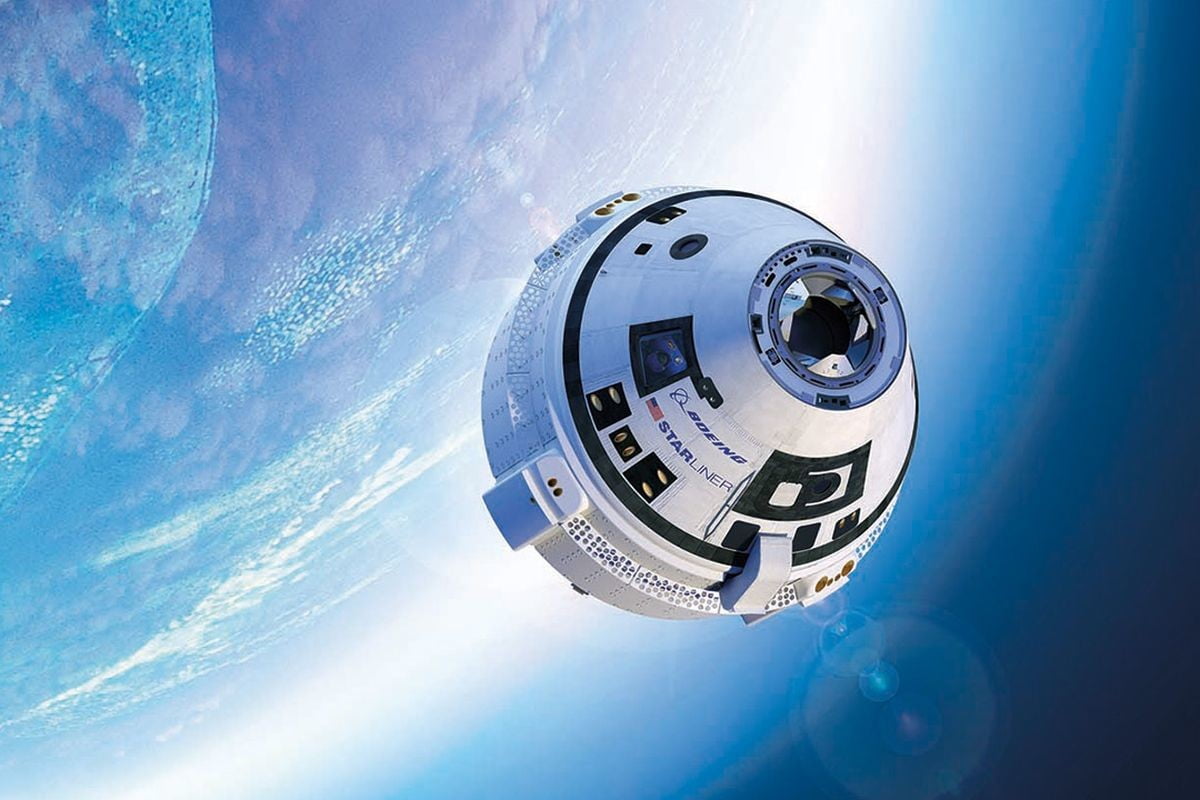NASA has announced it’s targeting May 2022 for the second orbital test flight of Boeing’s beleaguered Starliner CST-100 spacecraft, which could one day transport astronauts to and from the International Space Station (ISS).
The first uncrewed test flight (OFT-1) of Boeing’s spacecraft took place in December 2019 and was supposed to see it dock with the ISS. But multiple issues with the spacecraft’s software shortly after launch resulted in the vehicle failing to reach the intended orbit to take it to the ISS, prompting NASA to cut short the mission.
A second effort (OFT-2) was scrubbed during prelaunch checks in August this year when engineers were alerted to an issue with valves linked to Starliner’s propulsion system on its service module, which attaches to the underside of the capsule. Since then, Boeing and NASA engineers have been assessing the issue and conducting tests in a bid to fully understand it.
“NASA has been working side by side with Boeing on the service module valve investigation, including leveraging the agency’s materials and propellants expertise to better characterize the potential causes of the issue,” NASA’s Steve Stich said earlier this week. “Because of the combined work, we have a much better understanding of the contributors that led to the valve issues, and ways to prevent it from happening in the future.”
If the OFT-2 test mission stays on track and takes place in May next year, Starliner will launch on a United Launch Alliance Atlas V rocket from Cape Canaveral in Florida.
To give the teams a decent chance of hitting that target date, NASA said it will use the service module originally planned for Starliner’s later Crew Flight Test (CFT), while the service module planned for the first operational Starliner-1 crewed flight will be moved to the CFT mission.
The work to make Starliner a viable spacecraft for ISS missions is part of NASA’s Commercial Crew Program, a public-private effort to boost the accessibility of space by combining NASA’s decades of experience with new technology developed and built by private companies.
SpaceX is well and truly locked into the program. having already launched several astronaut missions to the ISS using its own reusable hardware, along with a slew of cargo missions since 2012.
If Boeing can finally resolve all the issues linked to Starliner, the vehicle will follow in the footsteps of SpaceX’s successful Crew Dragon spacecraft and become an integral part of NASA’s space program.
